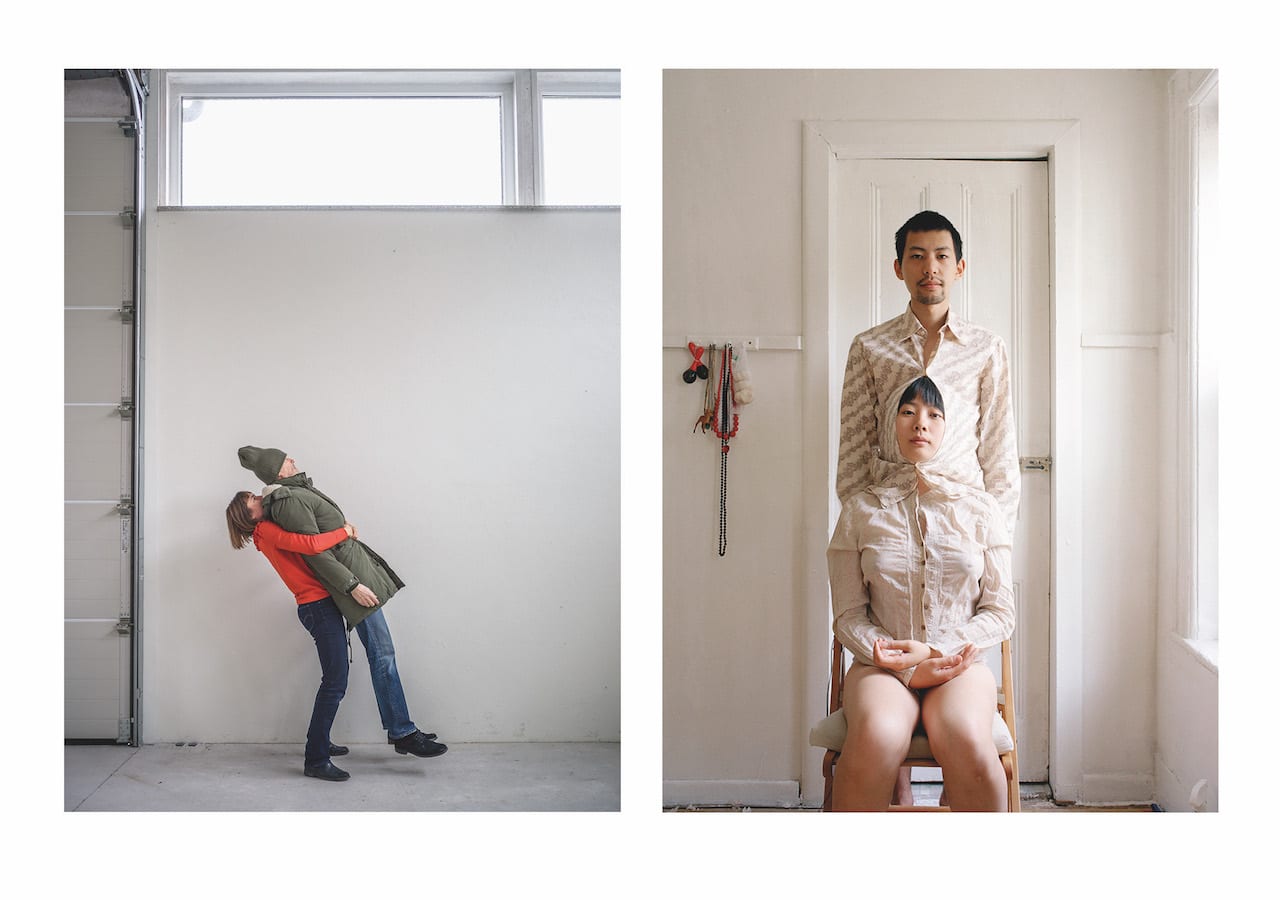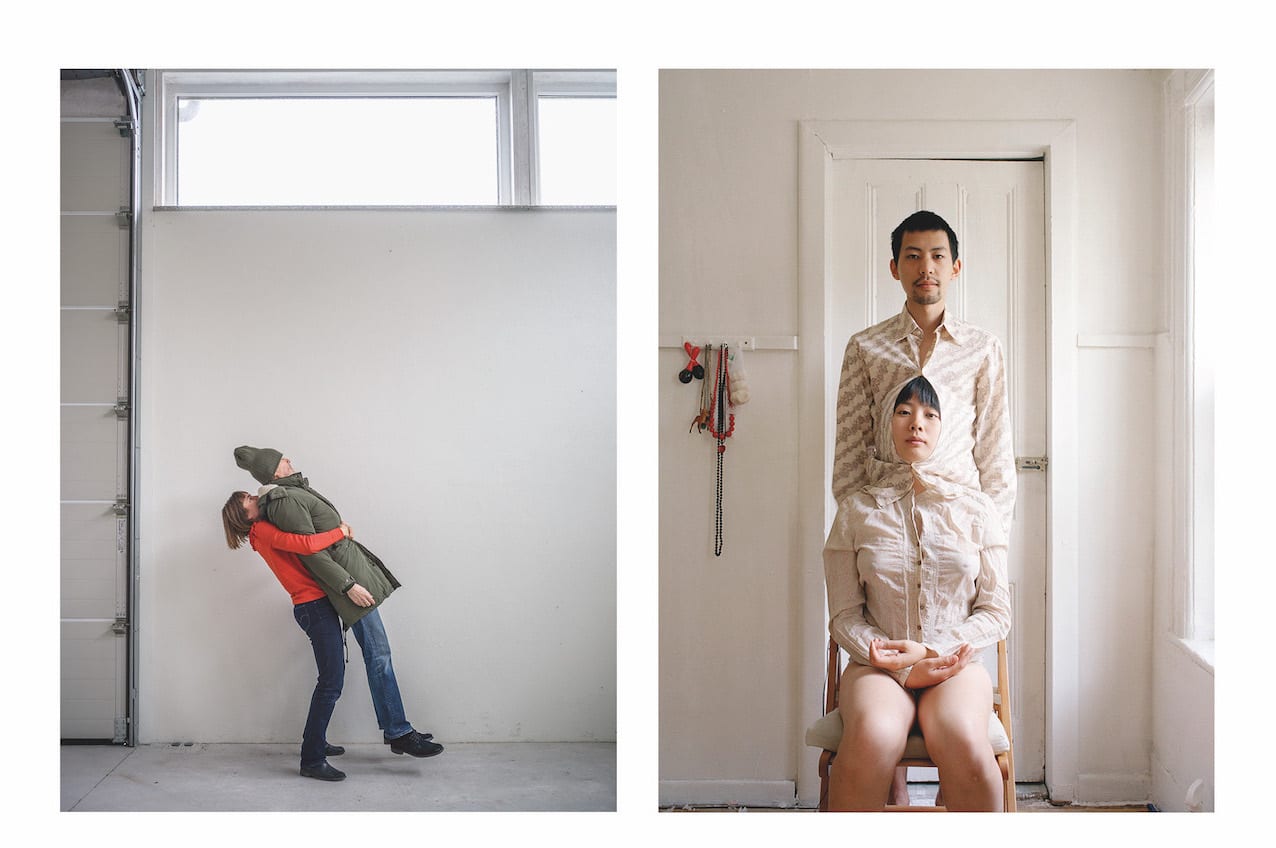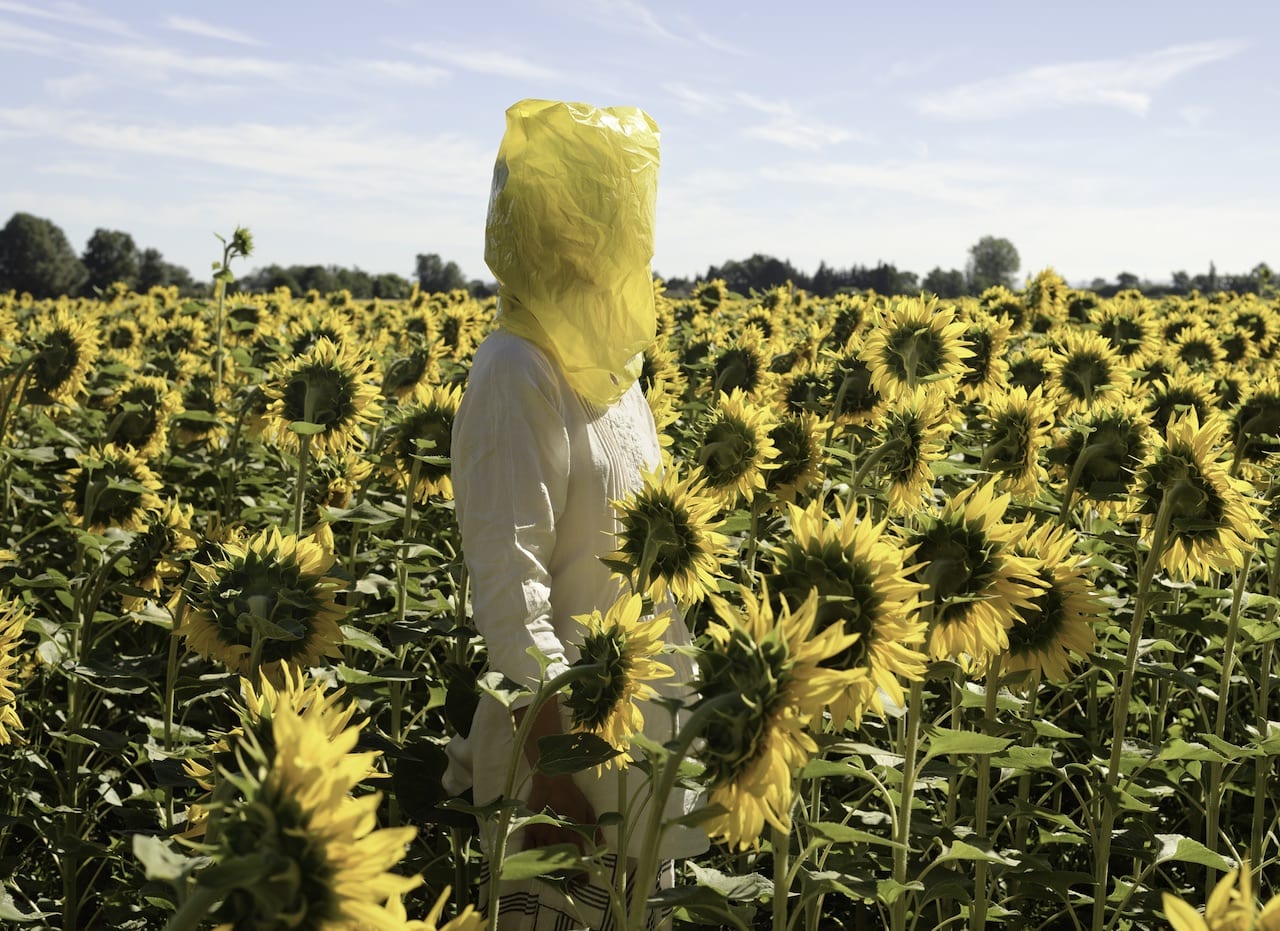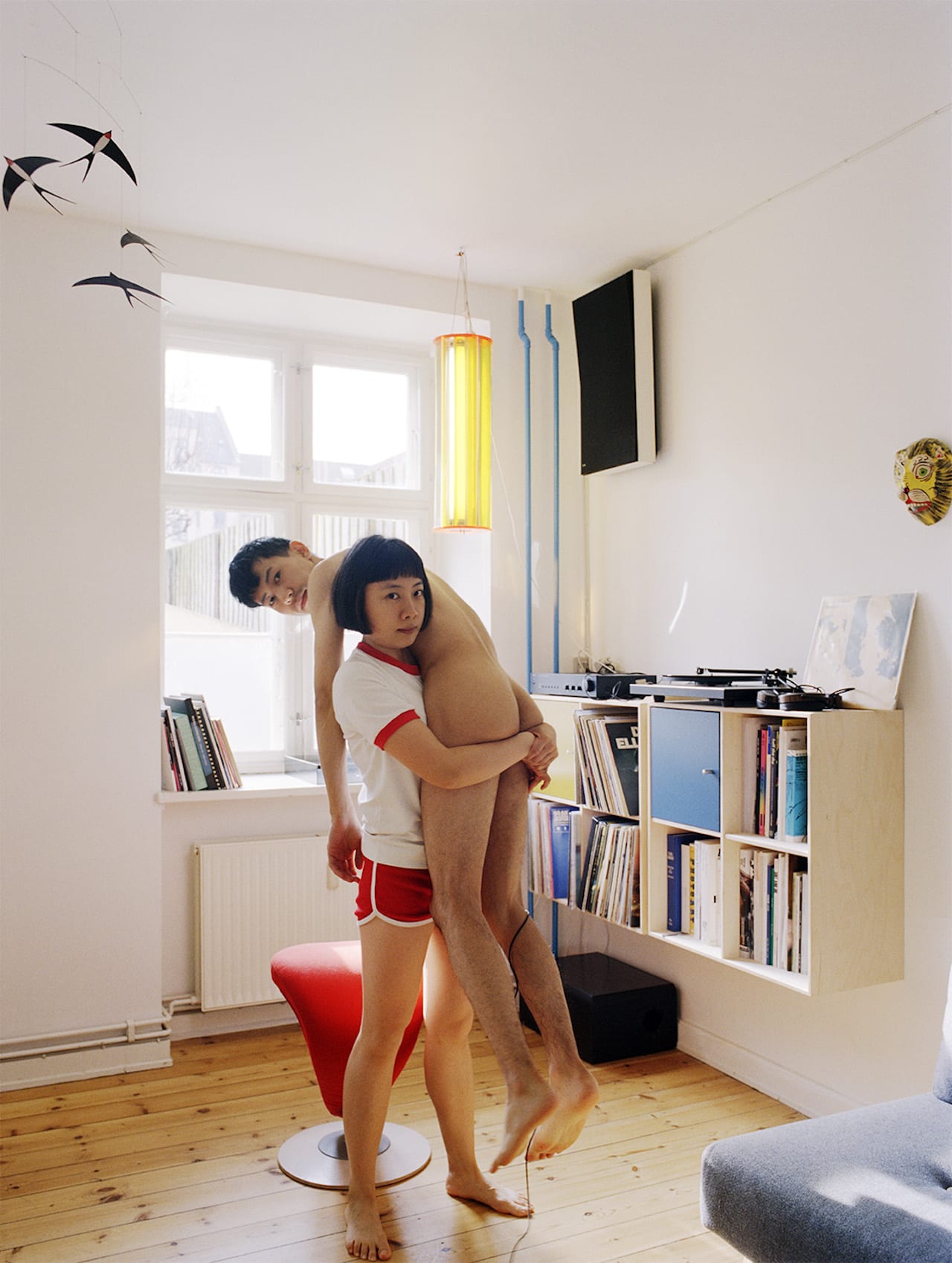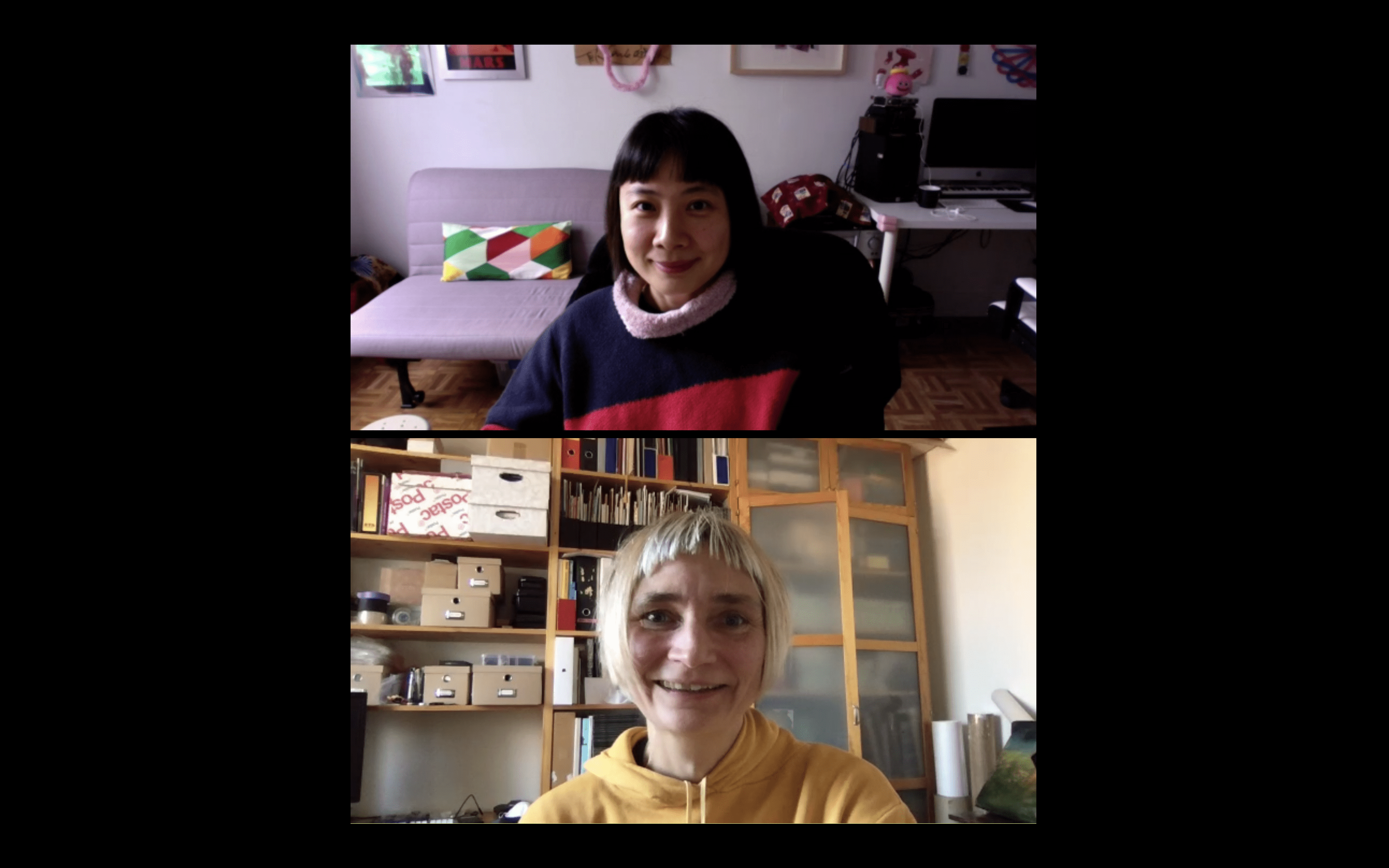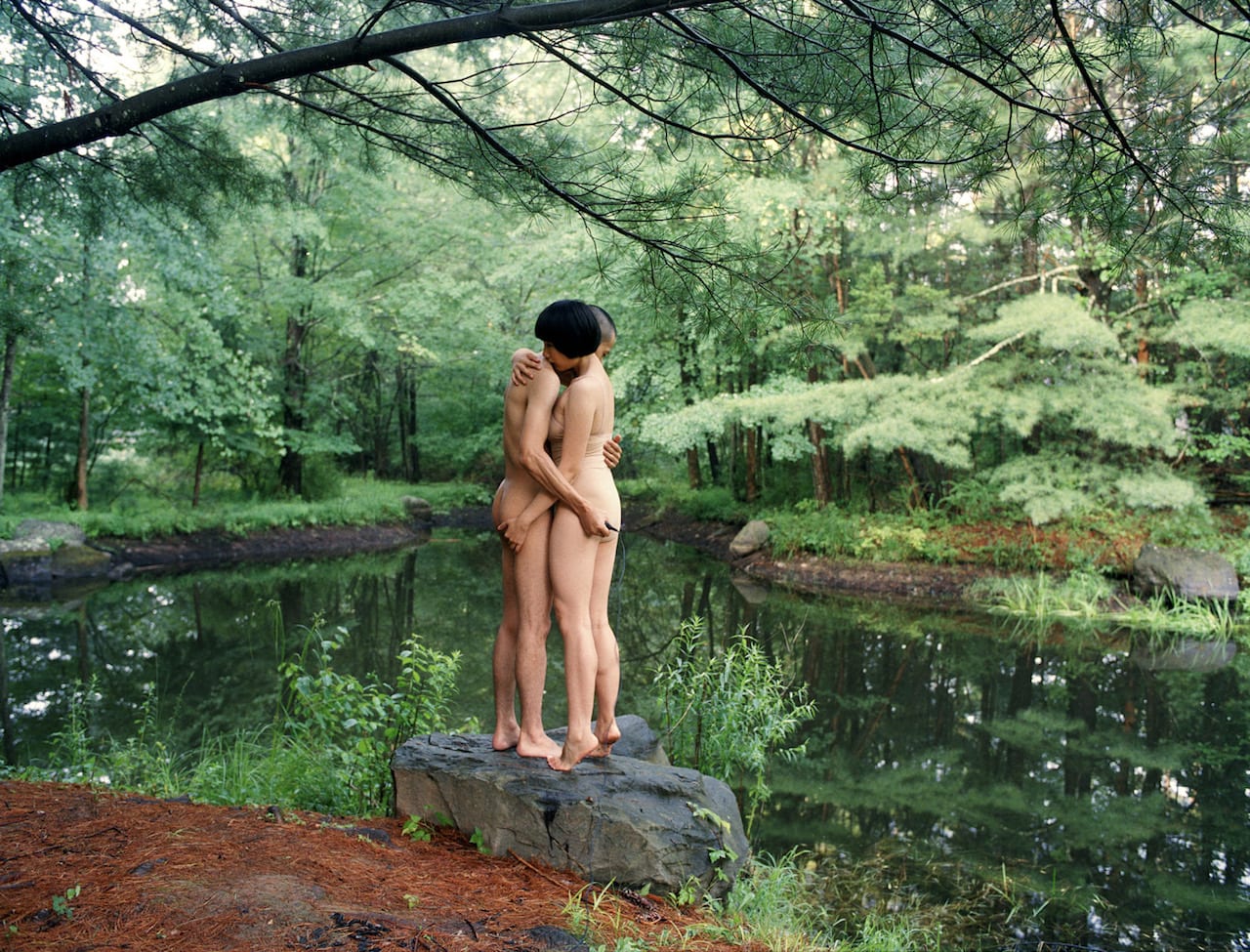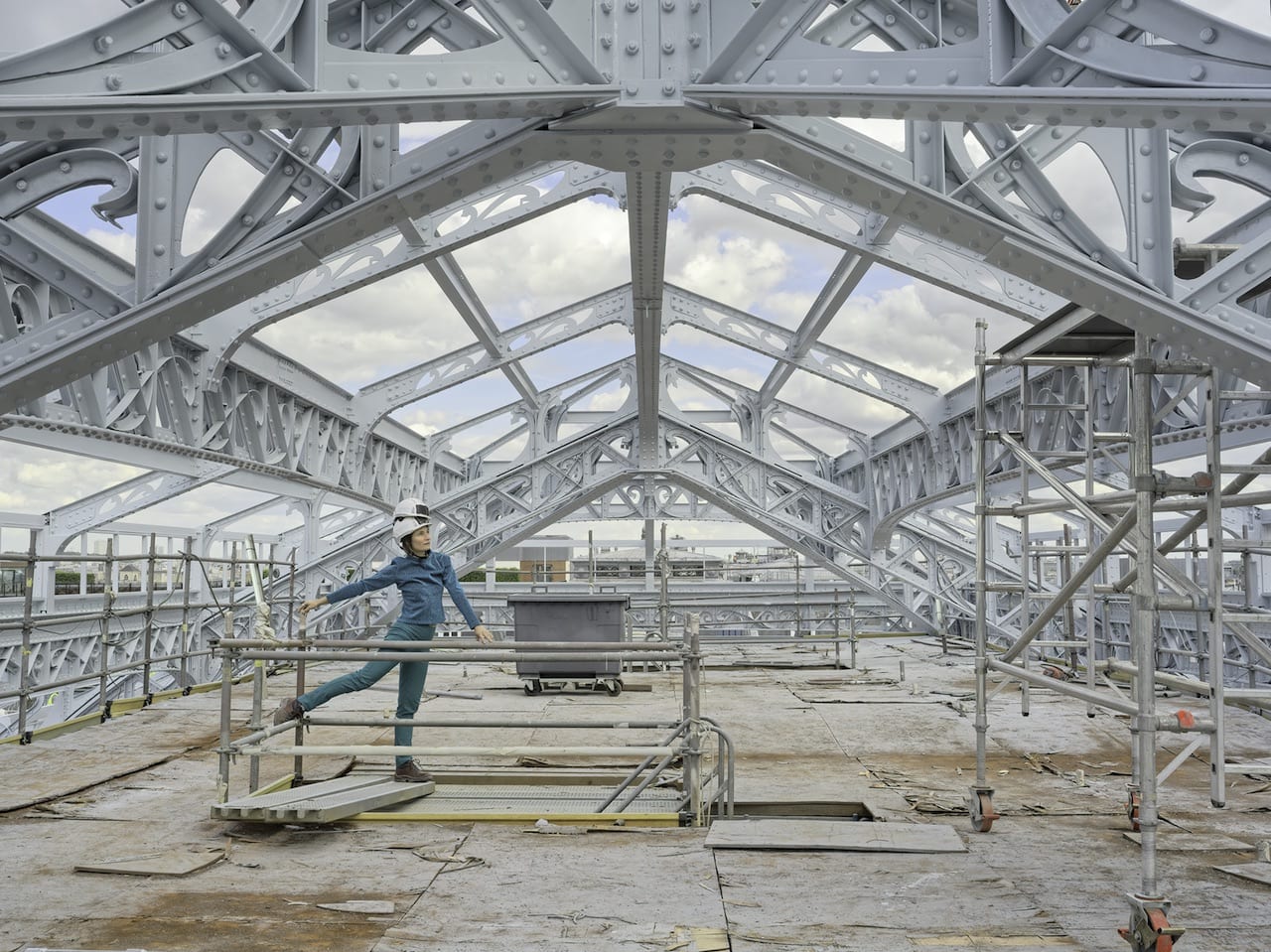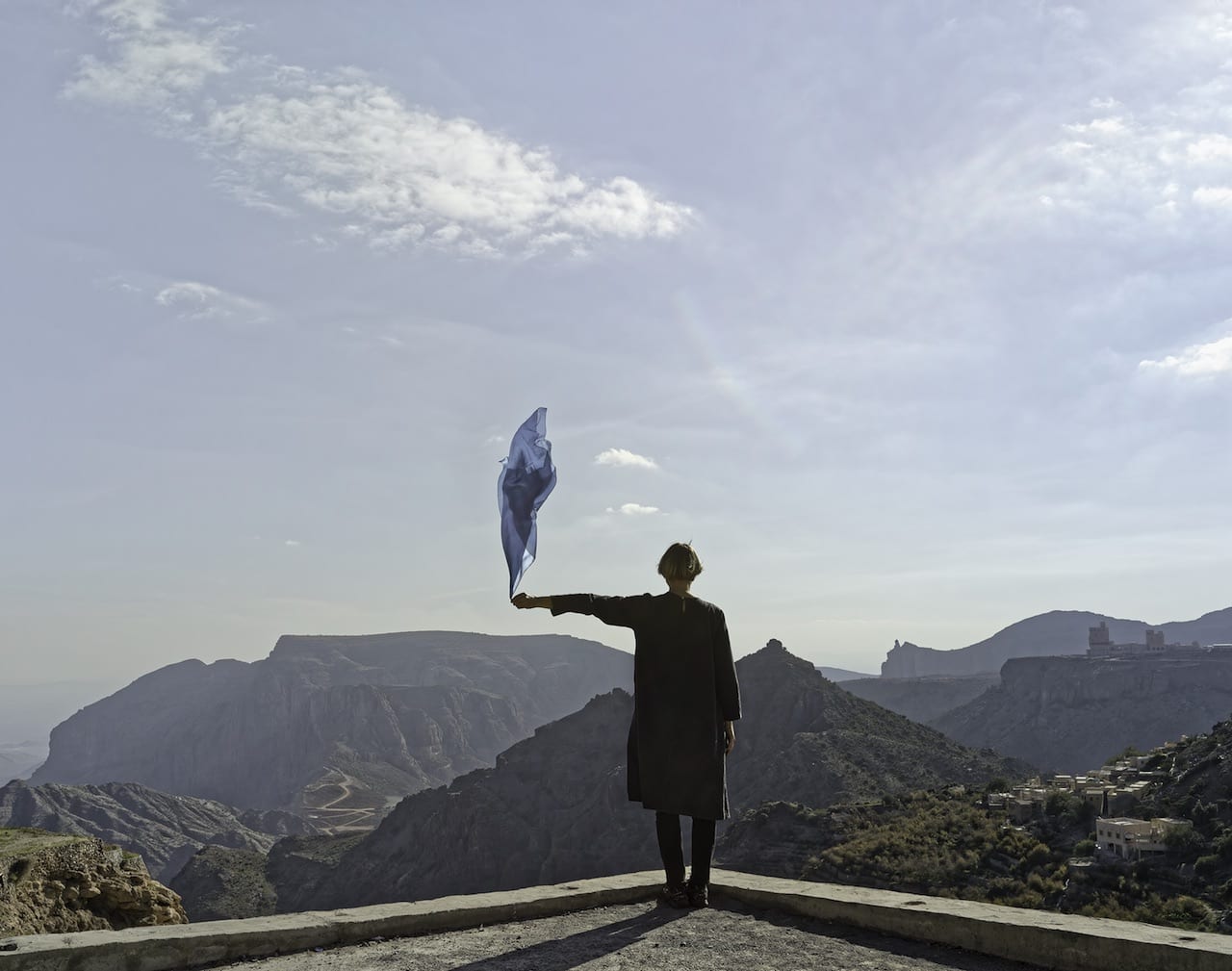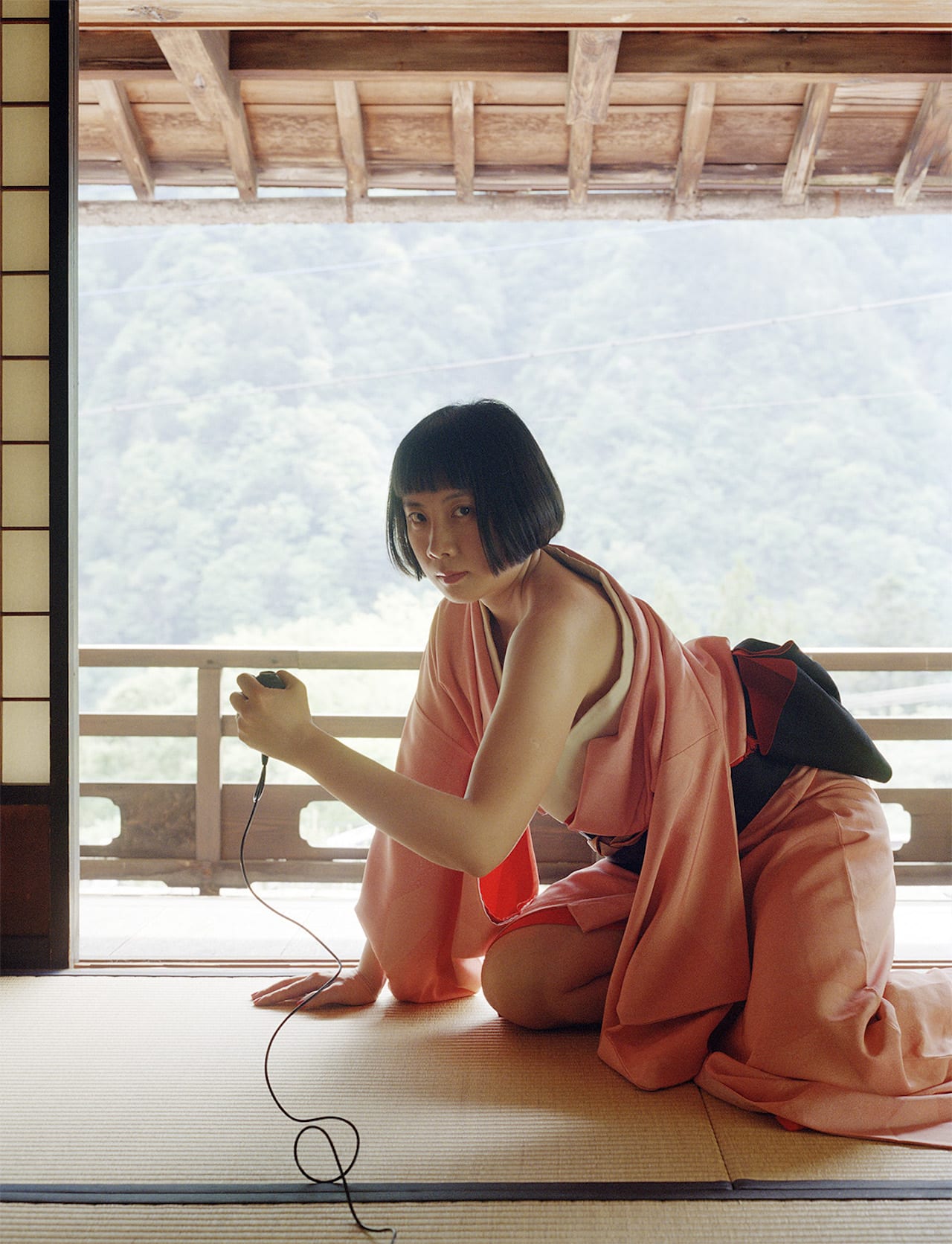PL: You appear in all of your photos. Do you think of yourself as a consistent character in your work?
EB: Let’s say there’s two different categories. Some works are autobiographical, like ANNONCIATION (2009-2013), which is about what was happening to me in my life at that moment. That’s one category, then there’s another set of images in which I don’t think the person is me — it’s a human figure, a woman, or girl. I don’t even say it’s me when I’m talking about the pictures, I say ‘that person’. I want to ask you the same question, because you appear in your pictures too, do you feel like there is a consistency, or does it change?
PL: It does change, but I think it’s more consistent. For me, most of the work belongs to the same project. I think it is a character that I want to make for myself, like an alter ego. It’s not always me and my boyfriend, exactly, it’s someone else we can’t always play.
EB: Maybe it’s not necessary for us to establish it so strictly, and keep the freedom of just playing around. One day it can be one thing, and tomorrow it can be something else. It’s fantastic that you have the possibility to continue to work together. That’s one of the fantastic things about doing the same things — well, same same, but different — to see the process of ageing and to have these pictures that you did 10 years ago. In my case, my first pictures are from 20 years ago. I look very different now than I did then, but there is something recognisable. It looks like a younger sister, or a distant cousin. It would be wonderful to be able to do an exhibition where you show your 25-year-old self next to your 85-year-old self. It’s interesting to be able to compare how the body is changing.
PL: How do you feel about that, because doing self portraits, you cannot escape the changes happening to your body. It’s taught me to accept the fact that I’m ageing, and sometimes I really look forward to being old.
EB: We all look beautiful, no matter our age, or wrinkles. I’m much happier, and more content about how I look, than I was when I was 23. People are much more self-conscious when they’re young. I really don’t care — I couldn’t be more at ease with how I look now. Whose gaze are we trying to please? Why do we have to look sexy?

